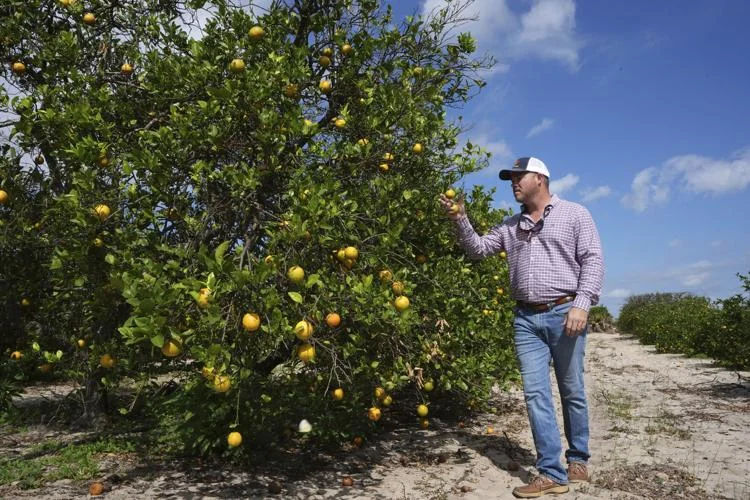
Florida’s Citrus Growers Battle Storms and Disease
Florida's citrus industry, a cornerstone of the state's agricultural economy, is facing unprecedented challenges as growers contend with both natural disasters and devastating diseases. Recent reports highlight the plight of these farmers who are striving to keep their businesses afloat amidst hurricanes and the citrus greening disease, which has severely impacted production.
The citrus greening disease, also known as Huanglongbing, has wreaked havoc on Florida's orange groves, causing trees to produce bitter, green, and unmarketable fruit. This bacterial infection, spread by the Asian citrus psyllid, has no known cure, pushing growers to seek innovative solutions to combat the spread and mitigate its effects. Efforts to develop disease-resistant trees are underway, but the process is slow and costly.
Adding to the growers' woes, Florida has been hit by a series of hurricanes in recent years, which have not only damaged infrastructure but also destroyed countless acres of citrus trees. The combination of disease and storm damage has led to a significant decline in citrus production, with some growers reporting losses of up to 75% of their crops.
In response to these challenges, Florida's citrus industry is exploring new technologies and farming practices. Some growers are experimenting with protective netting to shield trees from psyllids, while others are turning to advanced irrigation and fertilization techniques to bolster tree health. The state government and various agricultural organizations are also stepping in, offering financial assistance and research grants to support the beleaguered industry.
Despite the dire situation, there is a glimmer of hope. New tree varieties that show resistance to citrus greening are being tested, and if successful, could herald a revival for Florida's citrus sector. Until then, the resilience and determination of Florida's citrus growers remain crucial as they navigate these turbulent times.